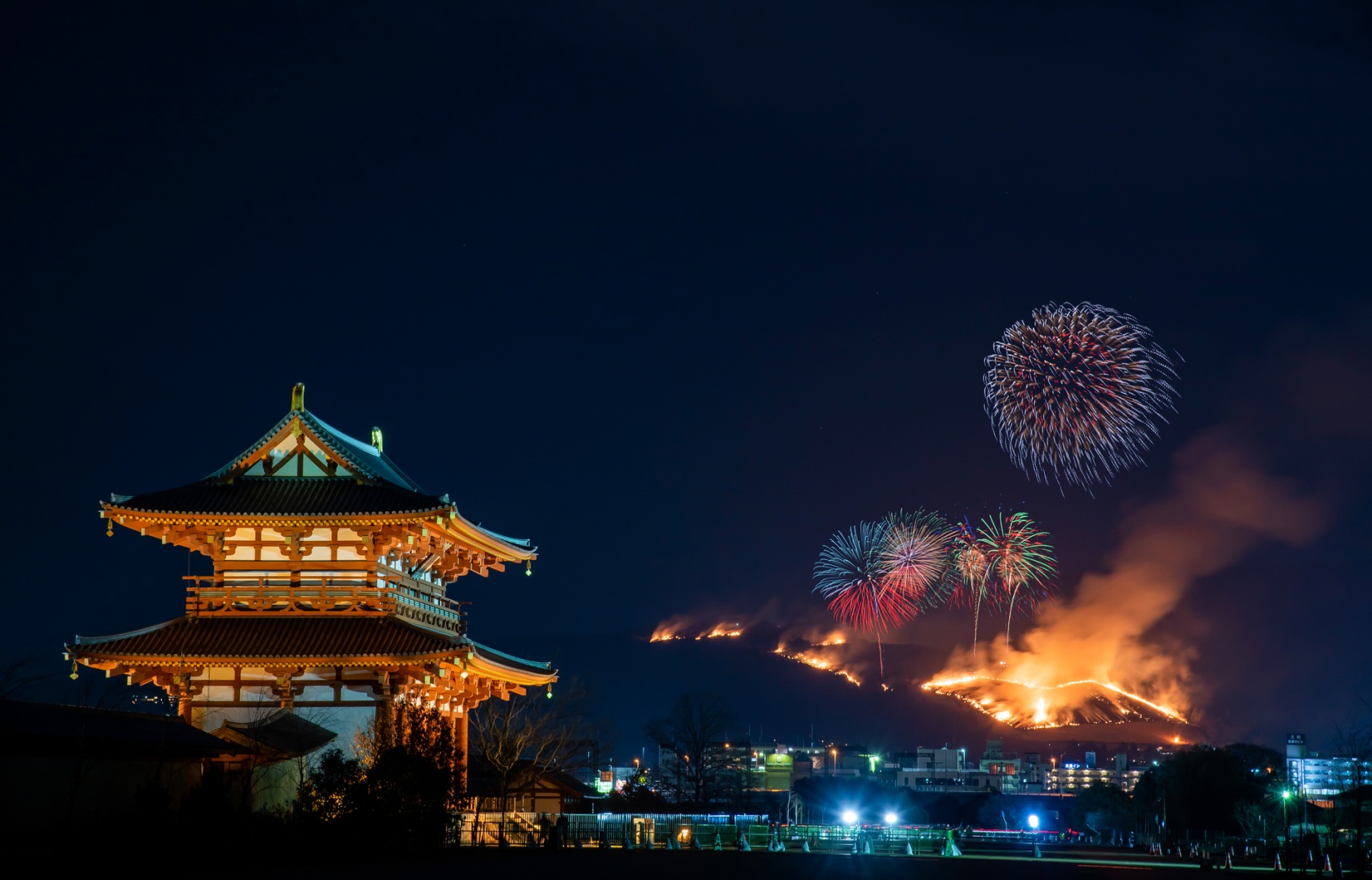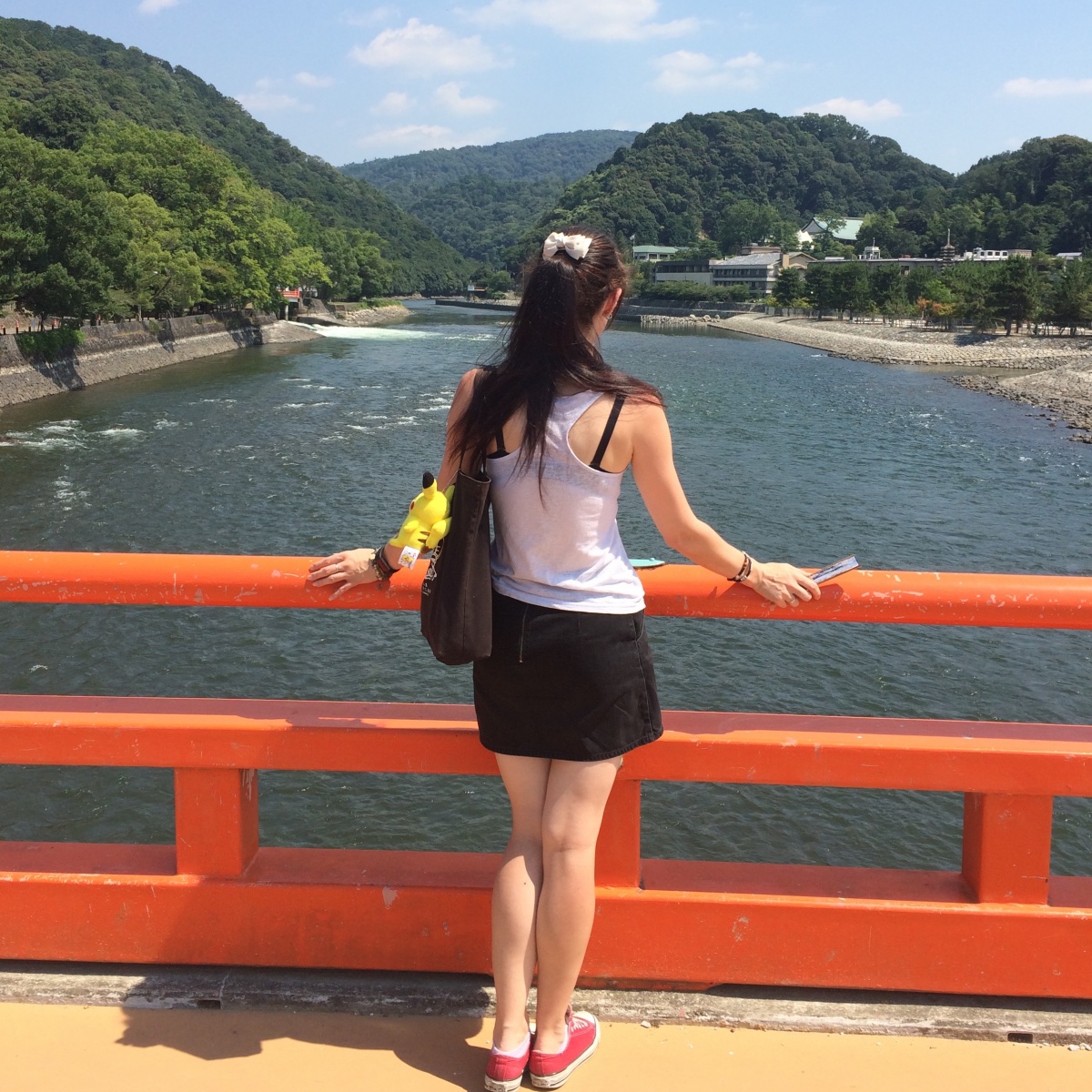7 Superb Festivals in Nara
Japan loves a good festival, and the city of Nara is no exception! Here are seven of its best known and most interesting events throughout the year—try to include at least one on your itinerary if you can!
By Ashley OwenNara To-kae
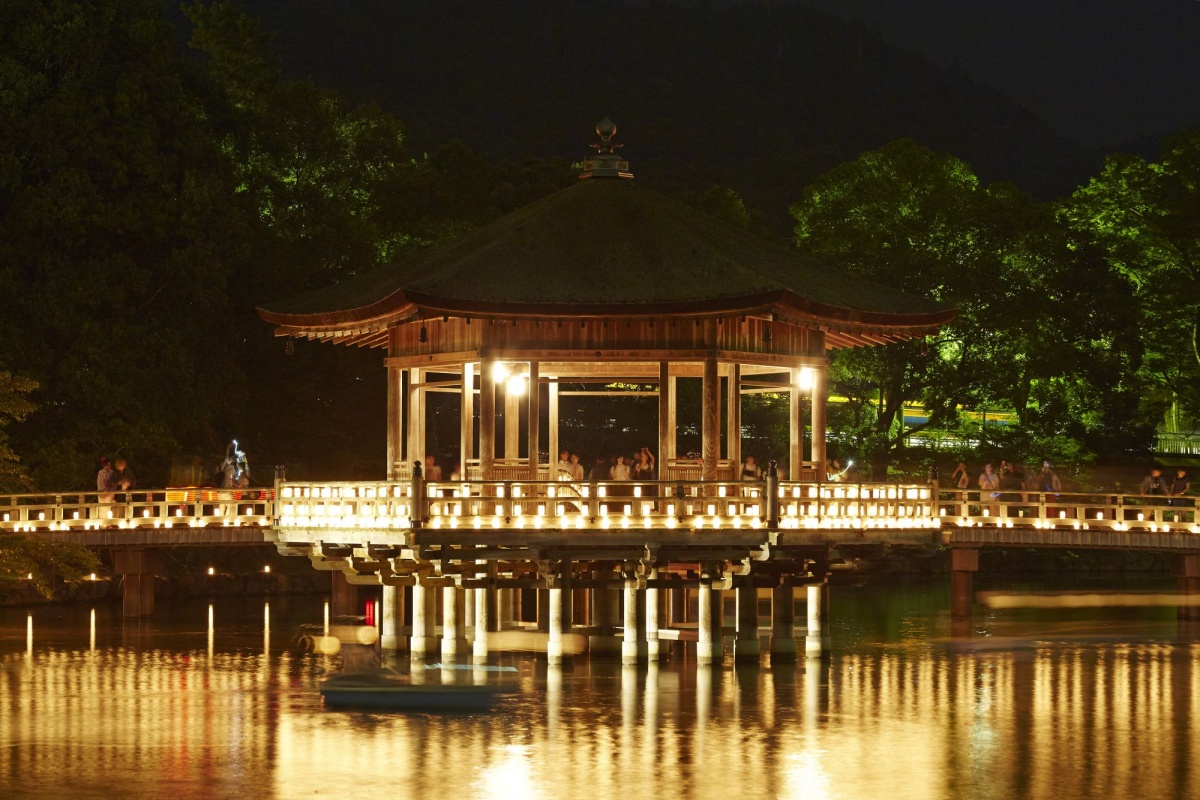
https://business.jnto.go.jp/photo_and_video_library_jomc
This 10-day summer spectacular transports you to a fairytale kingdom, as Nara bathes in the glow of 20,000 flickering lanterns. The delicate lights are placed throughout Nara Park, with some arranged into shapes like hearts and stars, and others simply highlighting the beauty of its famous heritage sites.
Todai-ji Temple opens its top window to allow its giant, lantern-illuminated Buddha statue to be seen from outside, while the Ukimido floating pavilion makes an unbelievably romantic spot to stroll in the warm summer evenings. For a small donation, you can participate by making a wish and lighting a lantern of your own.
When: August 5-14
www.toukae.jp/en/
Photo ©JNTO
Omizutori
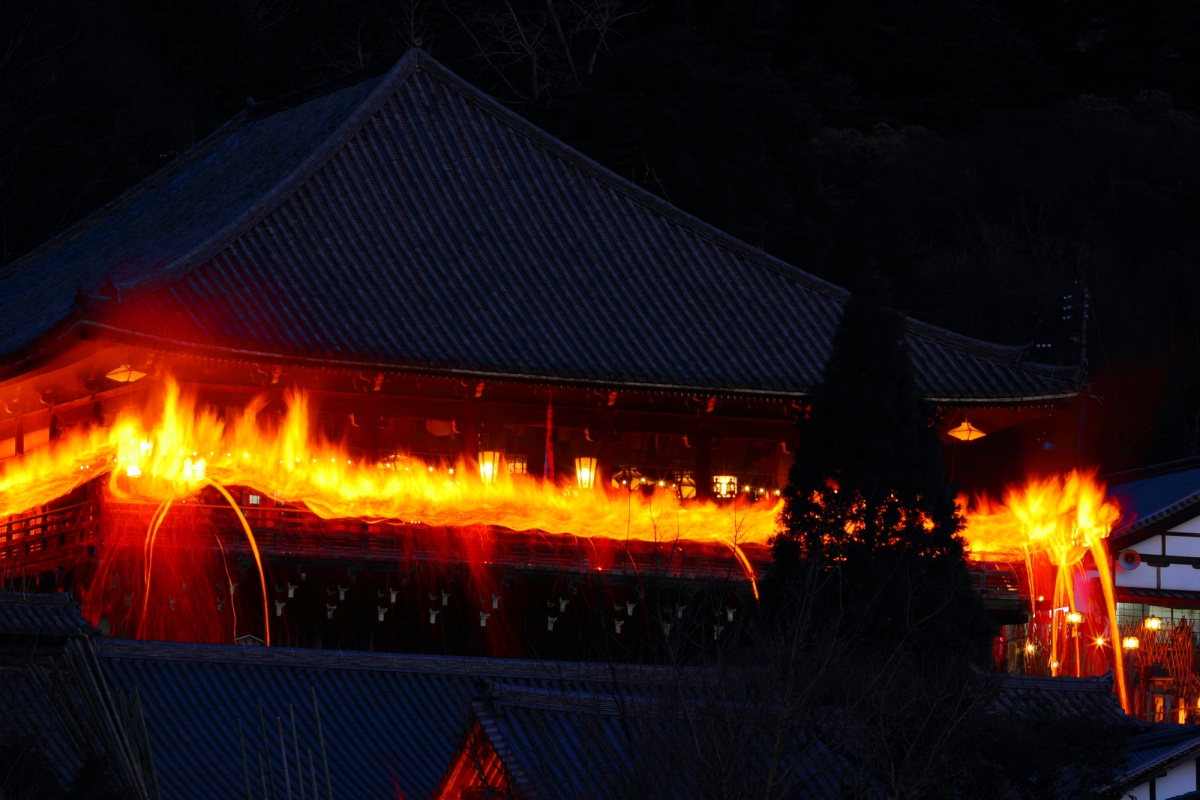
https://pixta.jp/
The two-week Shunie Festival, better known as Omizutori, is one of the oldest recurring Buddhist events in Japan. Taking place at Nigatsudo Hall (part of the legendary Todai-ji Temple), there are a number of different rituals involved—the most popular and memorable of which is the fiery Otaimatsu ceremony.
Every night, shortly after the sun sets, huge torches are set aflame and waved back and forth across the hall’s large balcony. The quick movement causes the torches to spark, and rain glowing embers down onto the crowd below. It might sound dangerous, but these sparks are thought to grant onlookers good luck for the year ahead!
When: March 1-14
www.todaiji.or.jp/english/
Nara Rurie
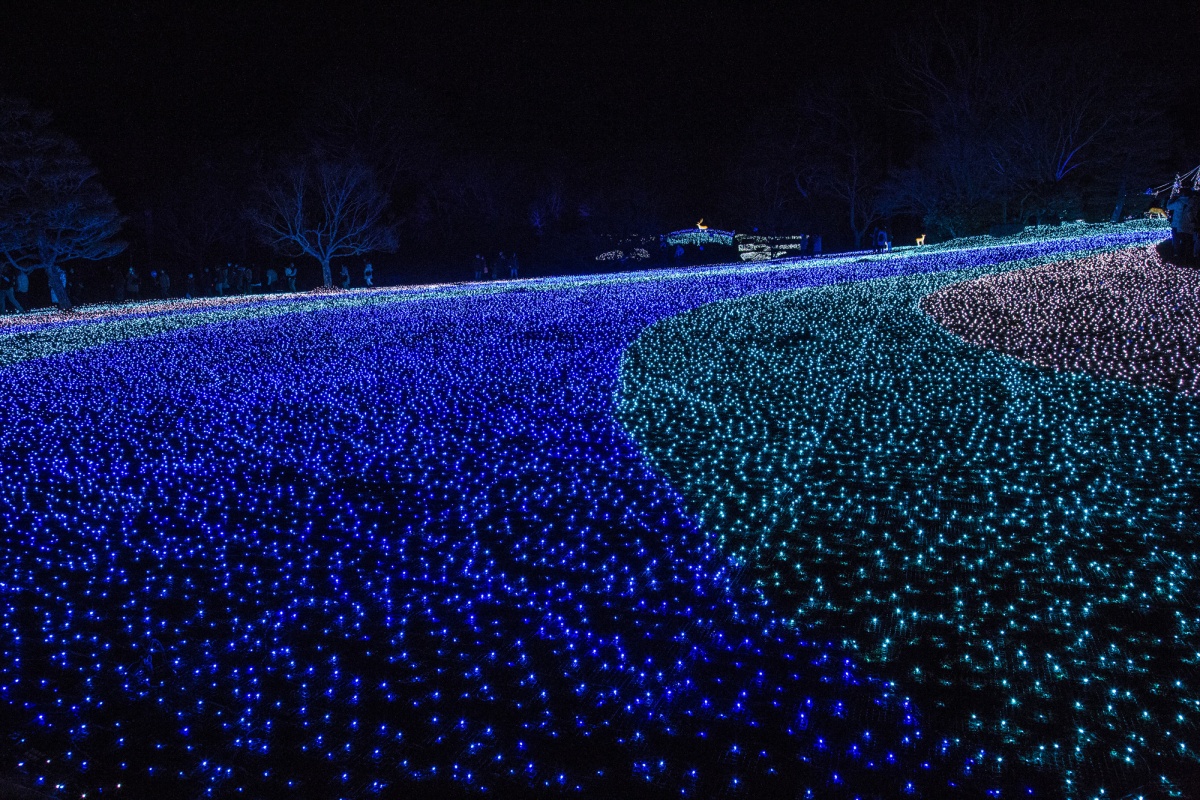
https://pixta.jp/
Bringing a little romance to Nara, this festival transforms the city into an ethereal wonderland on the nights leading up to Valentine’s Day. The city’s main attractions—including Todai-ji Temple, Kasuga Taisha shrine and the Nara National Museum—have extended opening hours and special light-up events, with corridors of lights guiding you from one to the next.
Nara Rurie’s centerpiece is an achingly beautiful, iridescent carpet of azure stars outside the Kasugano International Forum. This being Nara, you will of course also find some adorable illuminated deer situated amongst them! Fireworks and a sky lantern release round off the event.
When: 6-9 p.m. from February 8-14
rurie.jp/en/
Heijo Tenpyo

https://pixta.jp/
This is not one festival, but three! Spread out from spring to autumn, the trio of events are all held at the site of the former Heijo Palace, and act as a window onto Nara of old.
The spring event showcases the area’s rich traditions through reenactments of ancient ceremonies, and parades in historical dress. The summer festival celebrates Tanabata—which is based on a legend of two lovers transformed into stars and fated to meet only once a year—with night markets and light shows. And in autumn, courtly dance performances and lively drumming bring Nara’s history vividly to life.
When: March 3-5; last weekend in August; early November
tenpyosai.jp/
Uneme Festival
Although the origins of this late-summer festival stem from sorrow, it’s a beautiful event to behold. Legend has it that over a thousand years ago, a court maid fell in love with an Emperor. Tragically, after falling out of favor with him she drowned herself in Sarusawa Pond, which sits at the heart of the city of Nara.
To honor her and comfort her soul, a parade is held and a memorial also takes place at the nearby Uneme Shrine. Afterwards, at around 7 p.m., two boats in the shape of colorful dragons sail sedately across the lantern-lined pond with offerings for her.
When: During the harvest moon in September
www.visitnara.jp/venues/E02074/
Wakamiya Onmatsuri
In December, Nara heads back to feudal times with this ancient festival. Originally held to pray for the end of a disease epidemic, it later became a prayer for a bountiful harvest. The main parade takes place on December 17, heading along Nara’s main street of Sanjo dori until it reaches Kasuga Taisha Shrine.
Wakamiya Onmatsuri a fantastic chance to enjoy some traditional music and dance performances that are rarely seen in modern Japan, such as the ancient Shinto kagura and courtly bugaku. In addition, you can see priests and local residents dressed in authentic period costumes from different historical eras.
When: December 15-18
www.visitnara.jp/venues/E02102/
Wakakusa Yamayaki

https://pixta.jp/
Nara’s most dramatic festival, Wakakusa Yamayaki sees the night sky light up with dazzling fireworks and apocalyptic flames. The event takes place every January on Mount Wakakusa, a small mountain located on the eastern edge of the city’s famous deer-filled park.
As night falls, a bonfire is lit and a breathtaking fireworks display takes place. This lasts for about 15 minutes, filling the sky with an epic array of patterns and colors. Shortly afterwards, the entirety of the grass-covered hillside is set ablaze with sacred fire, making for an evening of pyrotechnic wonder that can be seen for miles around.
When: The fourth Saturday of January
nara-park.com/yamayaki-en/


